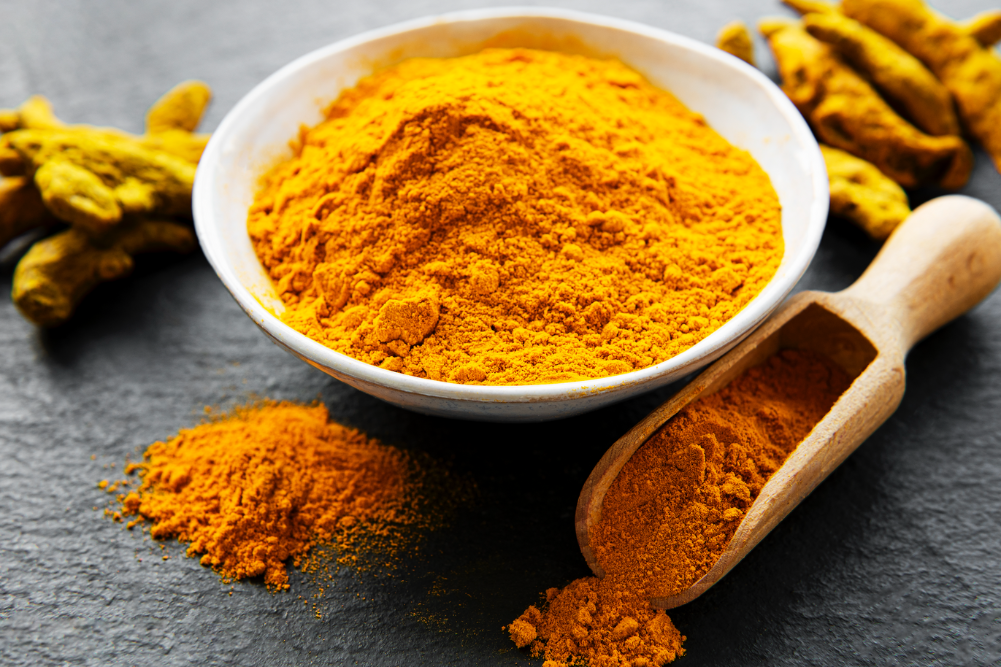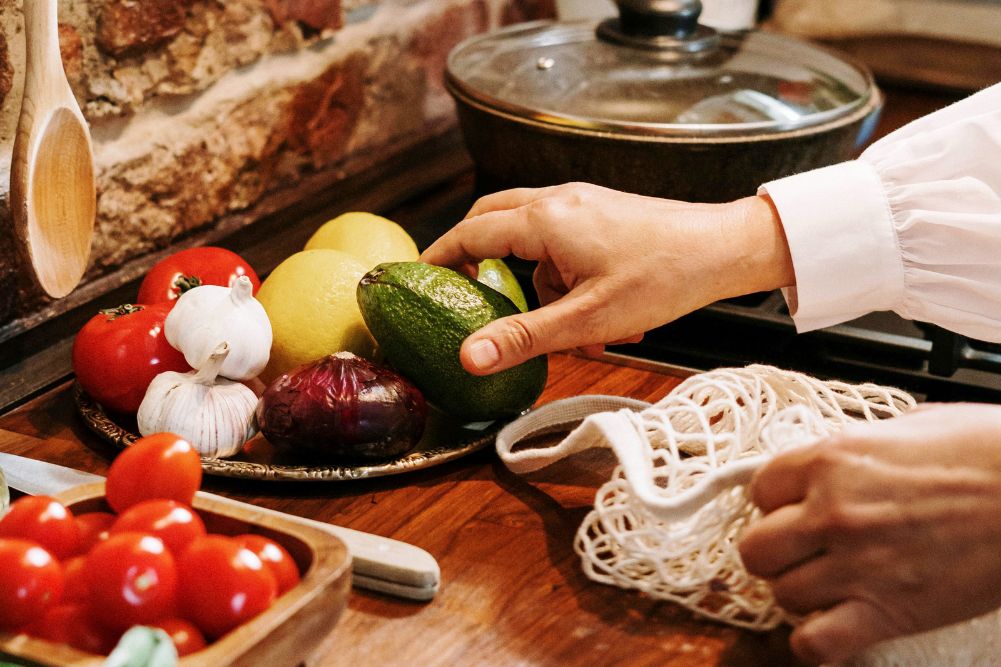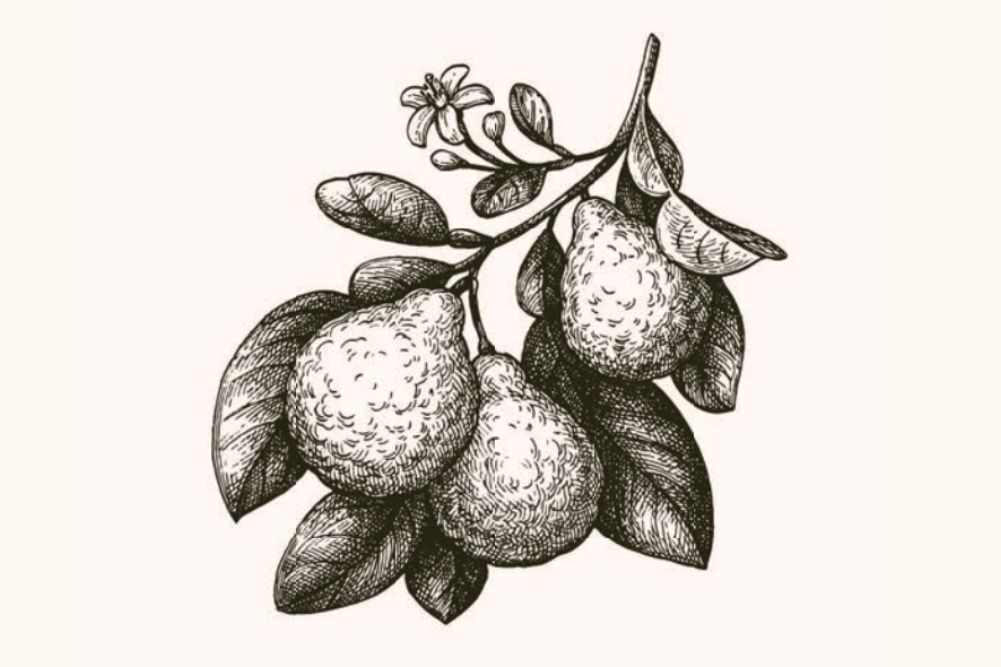Meet two Aussie almond growers making nut farming a family affair
Open up a pack of mixed nuts and which one do you go straight for? If your top pick is the almond, you’re in good company — they’re the most consumed tree nut.
Australia is the second largest producer of almonds in the world according to the Australian Nut Industry Council. And figures from the Almond Board of Australia show that in 2018–2019 almonds formed 61 per cent of Australia’s total tree nut crop.
John Maragozidis from Yunis grows over 100,000kg of organic almonds every year. Raised on his parent’s almond farm in the Adelaide Plains, Maragozidis studied Mechanical Engineering but found himself drawn back to almond farming a few years after completing his studies. He bought his own farm and has been an almond farmer for 38 years.
… figures from the Almond Board of Australia show that in 2018–2019 almonds formed 61 per cent of Australia’s total tree nut crop.
Also located in South Australia is Casarosa Almonds Australia, whose farms are in the Riverland region by the Murray River, one hour north of the Barossa Valley. Run by Dennis and Pam Casaretto with their son Jarrad and his wife Jackie, the family started growing almonds after realising their many uses and associated health benefits.
Why almonds are good for you
There are amazing health benefits associated with all nuts, yet almonds remain a popular choice for good reason. They are a great source of protein and fibre, and are packed full of magnesium (a small handful of almonds will give you 75 per cent of the recommended dietary intake of magnesium).
Almonds also are also rich in vitamin E, zinc, iron and selenium. And don’t forget about the importance of healthy fats, of which almonds are high in monounsaturated and polyunsaturated fats, which are believed to lower cholesterol levels and improve heart health.’
They’re not just great to eat — almonds have also been used for centuries in skincare and haircare, such as ground up for a facial scrub and in oil form as a face serum or conditioning hair mask.
Growing regions and seasons
It’s no surprise that both Yunis and Casarosa are based right near each other in South Australia, as its climate is perfect for almond growing due to the cold winters and hot summers. Other major growing regions include Sunraysia in Victoria, Riverina in New South Wales and Swan Valley in Western Australia.
… a small handful of almonds will give you 75 per cent of the recommended dietary intake of magnesium.
The Casaretto family harvest at the end of summer. “The cold winters encourage bud set, which is the formation of the almonds,” explains Jarrad. “As the almonds develop through spring and into summer, the seasons warm up. Finally the summer weather helps evaporate the moisture content of the nut, and hot dry summers finish off the crisp nature of a fresh crunchy almond.”
At Yunis, some of their varieties start flowering in mid-July so fertiliser is applied in late June. “Harvest usually starts in late January and finishes around early April, and the trees are usually dormant in June,” says Maragozidis.
Soil health and pests
Almond trees require both cold and hot weather, but they don’t like soil which is overly wet. Maragozidis says that soil health is paramount to his growing methods. “We create a soil environment which is rich in microbial life,” he says. “These microbes fix nitrogen in its purest form from the atmosphere, not from crude nitrate fertilisers which are used heavily in conventional chemical farming.”
Maragozidis improves soil fertility by encouraging soil microbes and earthworms. “This unlocks insoluble minerals from rock and old plant tissue in the soil, making them available to the trees in a balanced form,” he says.
At Casarosa, while not certified organic, the farm avoids using hazardous insecticides, pathogens and toxins on their farm. They also utilise natural pest control. “We believe in permaculture farming systems where we encourage the good insects like spiders to help manage potential bad insects,” says Jarrad Casaretto. “Our almonds are not fumigated; instead we use freezers after harvesting to manage any potential unwanted pests.”
Challenges to growing almonds
Almond farmers are rewarded with the fruits of their labour, yet it’s not easy growing them in the first place. There are many challenges faced by almond growers, with a big one being frost. “We need cold winters but almonds don’t like frost after the buds swell and into flowering, and even after the almond starts to grow,” says Casaretto.
“Almonds are prone to fungal diseases which can cause big yield losses,” explains Maragozidis. “Also growing them organically means a lot of mechanical weed control.”
“Supporting small family businesses and Australia’s agriculture industry is vital to our nation’s food security and the quality of produce that is available.”
Many farmers in regions across Australia have to deal with drought, with water security and licensing another challenge for the industry. “We have seen some really dry years, pushing us into drought, so our water allocations are fairly low,” says Casaretto. “This means we can only access limited amounts of water. This is confronting if farmers don’t have enough water to keep orchards alive, let alone produce a fruit crop.”
Supporting the growers
Understanding the hardships farmers face can help us better appreciate the food they give us and want to support their hard work.
With so many almonds grown on Aussie soil, look out for the Australian Made, Australian Grown (AMAG) symbol on the packaging of supermarket almonds to ensure you’re buying local almonds. Buying direct from farmers where possible is a great option that cuts down on food miles and supports Aussie farmers. Check out your local farmers’ market for almond growers or contact almond farms directly.
“If you can support farmers, that’s ideal,” says Casaretto. “Supporting small family businesses and Australia’s agriculture industry is vital to our nation’s food security and the quality of produce that is available. It’s important to know where your food comes from and support Aussie industries like farming and agriculture, and you will get a fresher, superior product!”
How to store almonds
If you purchase almonds from a bulk store, don’t just leave them in the paper bag, and you also want to remove them from plastic packaging. “Almonds are best stored in airtight jars in a cool cupboard or in the fridge for long-term storage,” says Maragozidis.
If you blend up a batch of almond meal or almond paste, keep these in the fridge.








